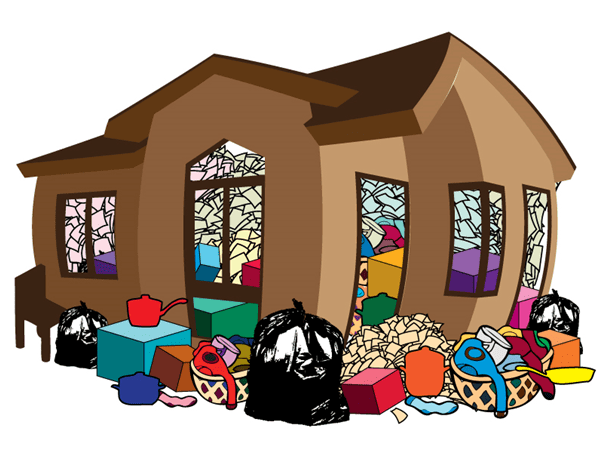Nikki Works with a Professional Organizer: Am I a Hoarder?

Amanda has called Nikki a hoarder many times. She has seen the TV shows and her house doesn’t look anything like the places they show, but she’s curious. She’s worried that she could become a hoarder.
In her research Nikki learned that hoarding is classified as a mental illness. As she continued browsing she found that hoarding is included in the Diagnostic and Statistical Manual of Mental Disorders – 5th Edition (DSM-5, American Psychiatric Association, 2013) and defined as:
- Persistent difficulty discarding or parting with possessions, regardless of their actual value. This difficulty is due to a perceived need to save the items and to distress associated with discarding them.
- The difficulty discarding possessions results in the accumulation of possessions that congest and clutter active living areas and substantially compromises their intended use. If living areas are uncluttered, it is only because of the interventions of third parties (e.g., family members, cleaners, authorities).
- The hoarding causes clinically significant distress or impairment in social, occupational, or other important areas of functioning (including maintaining a safe environment for self and others).
- The hoarding is not attributable to another medical condition.
- The hoarding is not better explained by the symptoms of another mental disorder.
Nikki is relieved that she’s not a hoarder. She really only keeps things that are useful, and she can let go of some things pretty easily, but she still doesn’t know why she’s surrounded by clutter.
Copyright© 2020 Elizabeth Tawney Gross, Organizing For Everyday, LLC
